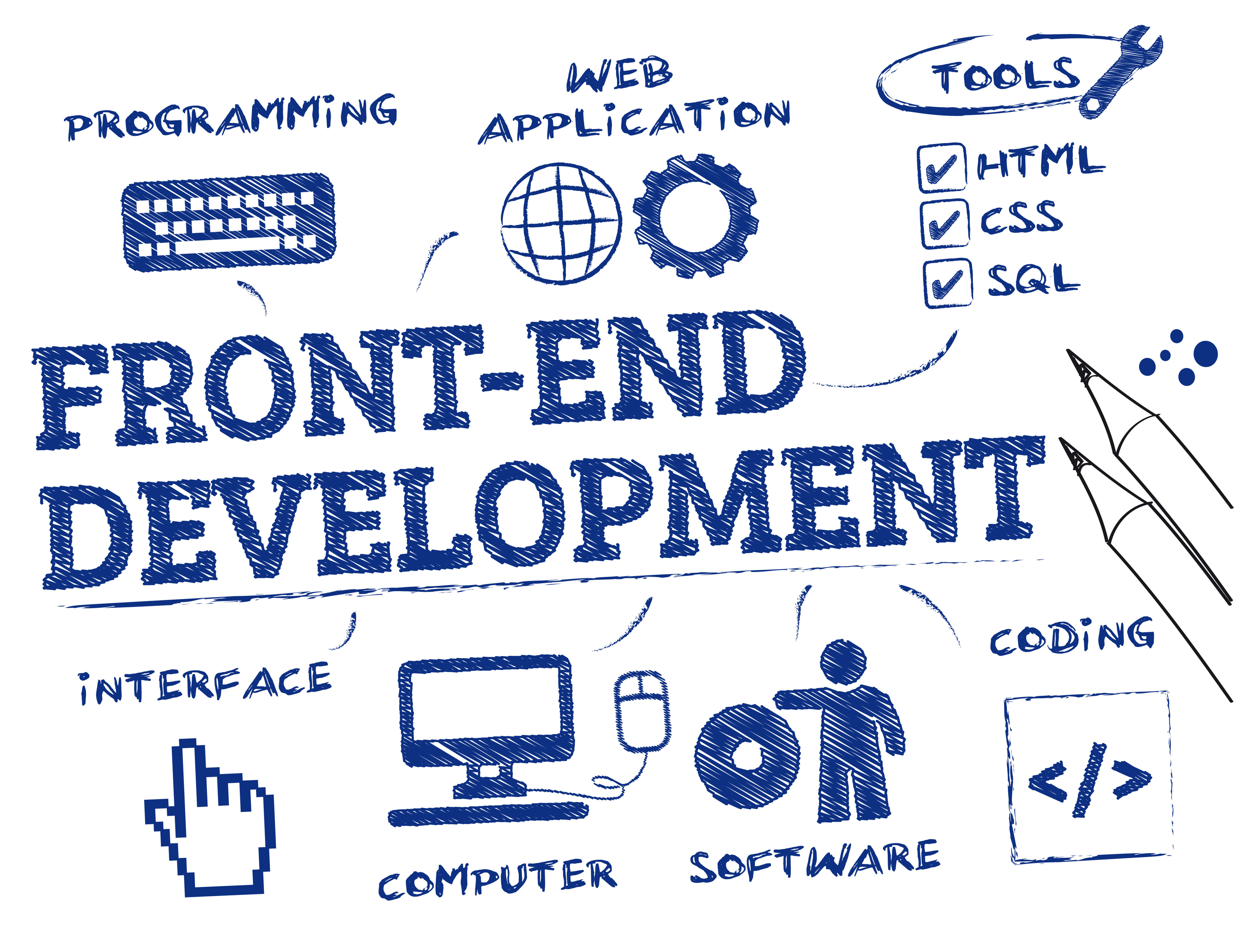Southeast Insights
Your go-to source for news and information from the vibrant heart of Shenyang.
Code Like a Wizard: Enchanting Your Way Through Front-End Development
Unlock the magic of front-end development! Craft stunning websites effortlessly and become a coding wizard today!
Mastering CSS: The Magic of Styles and Layouts
Mastering CSS is essential for anyone looking to create visually appealing and well-structured web pages. CSS, or Cascading Style Sheets, allows developers to control the styles and layouts of their web content with precision. By utilizing features like classes, IDs, and responsive design techniques, developers can ensure their websites adapt seamlessly across various devices. In this rapidly evolving digital landscape, understanding the intricacies of CSS can provide a competitive edge, enabling you to craft unique and engaging user experiences.
One of the key benefits of mastering CSS is the ability to create complex, multi-layered layouts with ease. Techniques such as Flexbox and CSS Grid empower developers to implement sophisticated designs without relying heavily on JavaScript. Here are a few benefits of using modern CSS layout techniques:
- Enhanced responsiveness for better user experiences
- Simplified code structures that improve maintainability
- Increased design possibilities with less effort
By embracing these powerful tools, you can unlock the magic of styles and layouts that will elevate your web designs to new heights.

JavaScript Spells: Essential Techniques for Front-End Development
JavaScript is a powerful language that plays a crucial role in modern front-end development. To enhance user experience and interactivity, developers must master a variety of essential techniques. These include manipulating the Document Object Model (DOM) to dynamically update content, handling events to trigger actions, and utilizing AJAX for asynchronous data fetching. Understanding these concepts will equip you with the skills necessary to build responsive applications that engage users effectively.
One of the best ways to get started with JavaScript spells is to familiarize yourself with core functions and libraries. Here are some techniques to consider:
- Event Delegation: Use a single event listener on a parent element to manage events for child elements.
- Template Literals: Use backticks for string interpolation and multi-line strings.
- Promises: Manage asynchronous operations more effectively by using promise chaining.
- Module Pattern: Organize your code into reusable, self-contained modules.
How to Create Enchanting User Interfaces with HTML and CSS
Creating enchanting user interfaces with HTML and CSS requires a harmonious blend of aesthetics and functionality. To start, it’s essential to understand the basic structure of HTML, which permits you to lay out your content efficiently. Using semantic tags like <header>, <nav>, and <footer> helps in structuring your interface logically. Once your content is organized, you can enhance its appearance with CSS. Consider utilizing layout techniques such as Flexbox or Grid to achieve responsive designs that engage users across different devices.
To further embellish your user interface, explore CSS properties that allow for creative visual effects. For instance, employing transitions and animations can bring elements to life, guiding user interaction seamlessly. Use consistent color schemes, readable typography, and adequate spacing to ensure your interface is both enchanting and user-friendly. Additionally, accessibility should not be overlooked; incorporating ARIA roles and attributes enriches the experience for all users, making your designs not just beautiful, but inclusive as well.